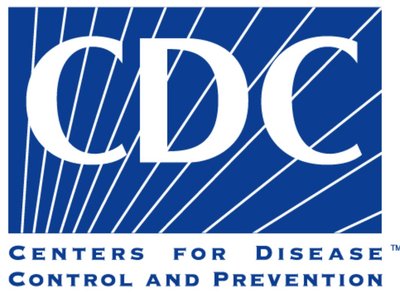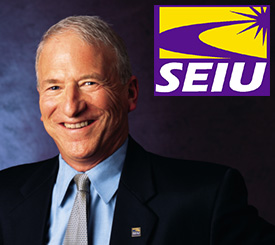LUMBAR PUNCTURE SAFETY
| United States Patent Zeltzer, et al. |
10,278,725 May 7, 2019 |
Lumbar puncture detection device
Abstract
A device for drawing spinal fluid from a body part or injecting medication into the body part is disclosed. The device may include one or more measurement features (markings) that indicate the subcutaneous depth of the device as well as confirm placement and orientation of the end of the device in the body part. The device may include a trocar and a cannula having a central passage adapted to receive said trocar. One or more windows may be provided in or on the cannula. Means for venting air from the cannula central passage and/or transparent/translucent material may be disposed in said windows.Inventors: Zeltzer; Paul M. (Encino, CA), Fischel; Lloyd (Haiku, HI)
Assignee: Zeltzer; Paul M. (Encino, CA)
Family ID: 42005542
Appl. No.: 12/560,140
Filed: September 15, 2009
Prior Publication Data
| Document Identifier US 20100160865 A1 |
Publication Date Jun 24, 2010 |
FEATURED ARTICLES
 The U.S. Centers for Disease Control and Prevention (CDC) convened a National Sharps Injury Prevention Meeting on September 12, 2005, in Atlanta, Georgia. The purpose of this meeting was to review sharps injury prevention efforts (particularly since the passage of the Needlestick Safety and Prevention Act in 2001); identify gaps in prevention efforts; and assist CDC in creating a national action plan for eliminating sharps injuries in the United States.
The U.S. Centers for Disease Control and Prevention (CDC) convened a National Sharps Injury Prevention Meeting on September 12, 2005, in Atlanta, Georgia. The purpose of this meeting was to review sharps injury prevention efforts (particularly since the passage of the Needlestick Safety and Prevention Act in 2001); identify gaps in prevention efforts; and assist CDC in creating a national action plan for eliminating sharps injuries in the United States.
It is vital to know the needle is inside the vein in order to correctly place a catheter. When collecting blood, it is just as important for safety to know that the needle is properly situated in the vein before attaching vacuum-sealed vials. Manufacturers know this is true, and have created devices with vein entry indication (VEI) for this very purpose. The problem is, while most devices like the ones shown above are available in many regions of the world, they are generally not available in the United States due to a combination of weak OSHA oversight, loopholes that make it legal for Group Purchasing Organizations to receive kickbacks for buying the less safe but more profitable needles, and manufacturers that care more about the bottom line than about saving lives and reducing suffering.
Join with us in demanding that these safter needles be made available to hospitals and healthcare workers in the United States, just as they are available in Europe, Asia, South America and Africa.

